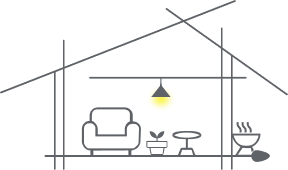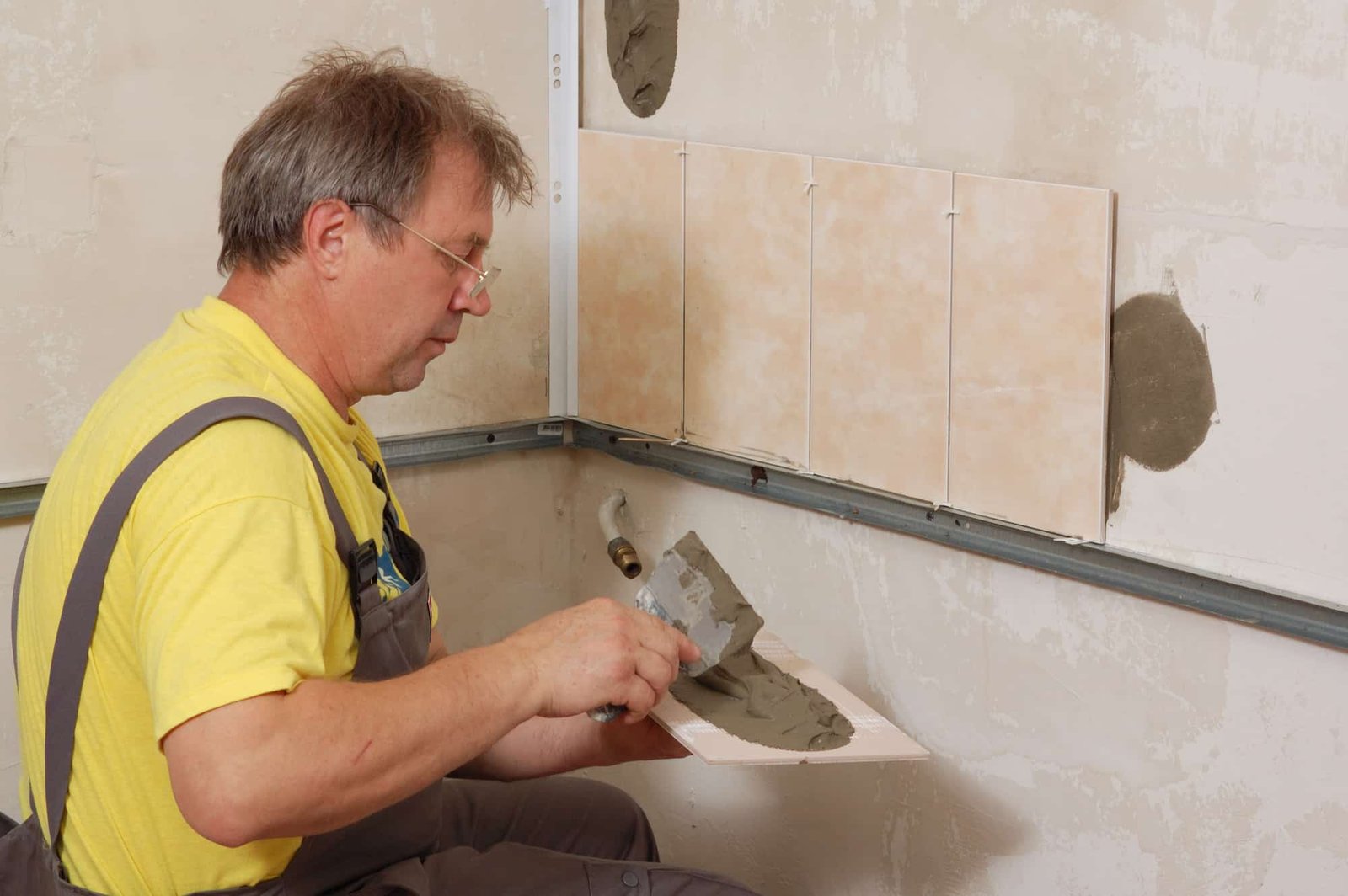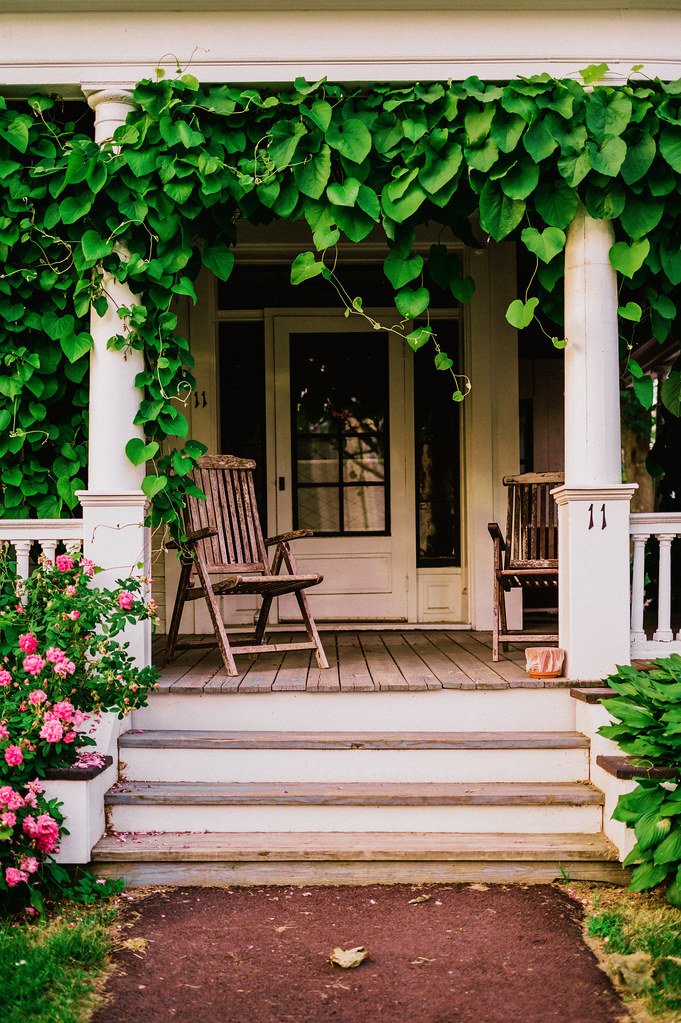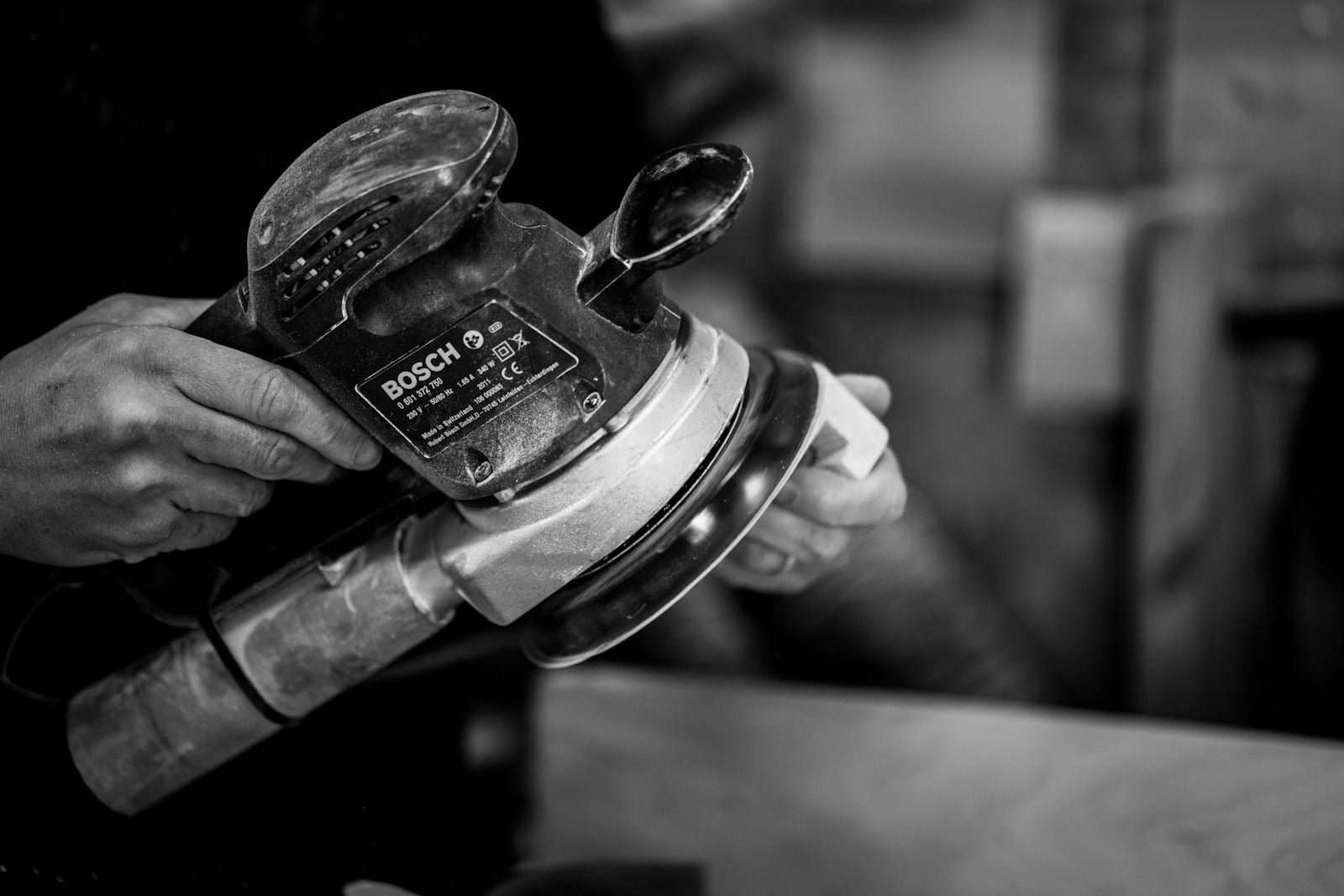Table of Contents
I’m a big fan of tiles – they’re quite durable and easy to maintain, making them ideal for high-traffic areas like kitchens and bathrooms. Yet, what if you want to tile over painted drywall? Can you tile over it, or will you need to remove the paint first?
You can tile over painted drywallin areas with less exposure to moisture, like the living room or bedroom. Tiling over drywall in areas prone to moisture and humidity, such as the kitchen or bathroom, isn’t recommended as the water can seep behind the tiles and cause damage and mold growth.
If you decide to tile over painted drywall, it’s essential to learn everything you need to know to ensure a successful installation, including whether you need to prime drywall before tiling and how to prep drywall for tiling.
Read on as I answer all your questions about tiling over painted drywall.
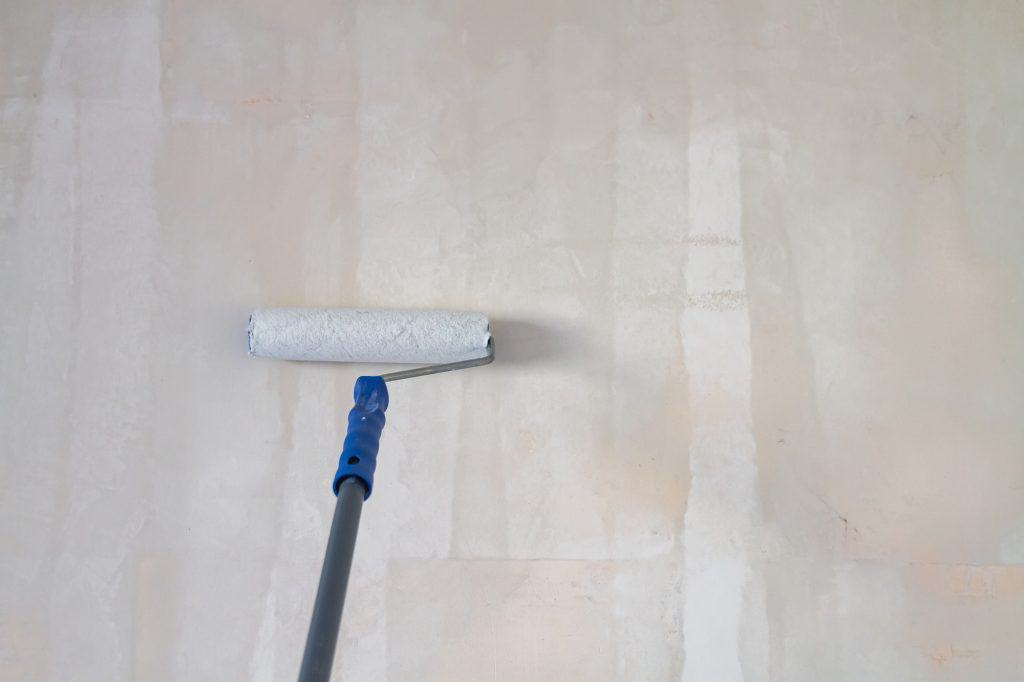
Do You Prime Drywall Before Tiling?
It’s recommended that you do prime drywall before tiling due to the porosity of the material. Drywall will absorb the solvent in the tile glue, and as it evaporates, the adhesive will harden, resulting in poor adhesion, causing debonding and tile failure.
A primer will create a barrier between the drywall and the adhesive, preventing it from being absorbed. (source: Excelebiz). Other reasons for priming the drywall include:
- Prevents damage by sunlight and heat. Exposing drywall to heat or sunlight can weaken the adhesive bond and cause the tiles to loosen and eventually fall off.
Since the primary ingredient of the primer is polyvinyl acetate (PVA), it strengthens the bond between the tile and the adhesive, making it more resistant to sunlight and heat. (Source: ScienceDirect) - Eliminates wall imperfections. Priming will also help to conceal any imperfections on the wall, such as cracks, holes, or dents. It can also hide medium stains or discoloration on the wall surface.
- Prevents moisture and mold growth. Nothing is worse than mold and mildew growing behind your wall tiles. It is unsightly and can cause serious health problems like respiratory problems and allergic reactions.
By sealing the pores of the drywall with a primer, you can prevent moisture from seeping in and causing mold to grow. (Source: CDC) - Solves the flashing problem. Flashing occurs after repairing or sealing drywall patches and painting directly over them. Shining a light beneath the area will reveal a patch underneath the paint, creating an eyesore.
A primer will obscure the flashing and give the wall a uniform appearance. It soaks up the patch, seals it, and creates a smooth surface for painting.
Preparing Your Surface: Essential Steps to Tile Over Painted Drywall
You prep drywall for tiling by first cleaning it with a vacuum cleaner or damp cloth to remove any dirt, dust, or debris that could prevent the tile adhesive from properly bonding. Also, repair any cracks, holes, or dents in the drywall, as these could affect the bond between as well.
Prepping drywall for tiling is essential to ensure a successful tile installation. Follow these simple steps to prep drywall for tiling:

1. Clean the Drywall Thoroughly
Dirt, dust, and debris are deterrents to a good tile job. Make sure to clean the surface of the drywall with a vacuum cleaner or damp cloth to remove any contaminants that could prevent the tile adhesive from bonding properly.
If you’re replacing tiles on an already existing surface, you may need to buy another drywall as it’s possible to damage the existing one while removing the old tiles.
2. Remove Old Adhesive, Mastic, and Wallpaper
When tiling over an existing surface, you’ll need to remove any old adhesive, mastic, or wallpaper before applying the new tile adhesive.
You can do this with a putty knife or scraper. Though, be sure to wear gloves and a dust mask to avoid inhaling harmful particles. You can use trisodium phosphate (TSP) to remove oil and grease stains. (Source: National Library of Medicine)
3. Fill In Any Cracks, Holes, or Dents
Once you’ve removed the old adhesive, fill in any cracks, holes, or dents in the drywall with spackle or joint compound. Allow the filler to dry before advancing to the next step. Sand the drywall with a medium-grit wallpaper to create a smooth surface.
4. Prime the Drywall
Priming the drywall is essential to create a strong bond between the tile adhesive and the wall. It also helps conceal any imperfections on the surface of the drywall. Make sure to use a primer specifically designed for tiling projects.
That’s it! You’re all set to start tiling your drywall!
Will Tile Mortar Stick to Drywall?
Tile mortar will stick to drywall if the surface is properly prepared and primed. Used to set tiles, mortar is a mixture of Portland cement, sand, and water. The Portland cement acts as the binder, while the sand gives the tile mortar body strength.
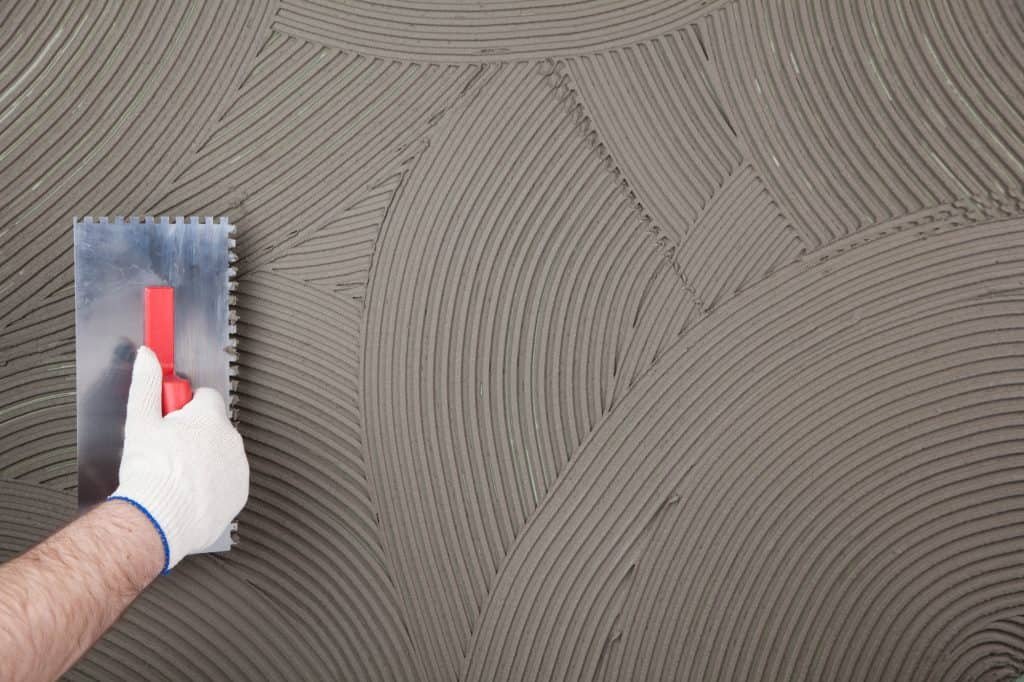
Tile mortar bonds efficiently with porous surfaces like drywall because the adhesive can seep into the tiny pores of the material and form a strong connection. For best results, the drywall should be in good condition.
As discussed, any dirt, cracks, holes, or dents will affect the bond between the mortar and the wall.
For areas with excessive moisture or humidity, you may need a backer board to provide additional support and prevent the tiles from loosening over time. The moisture affects the sticking power of the adhesive and can cause the tiles to loosen and eventually fall off.
Conclusion
Tiling over painted drywall is a great way to update the look of your home without having to go through the hassle of tearing out the old wall and starting from scratch. As long as the surface undergoes proper preparation, tile mortar will adhere to drywall and provide a long-lasting, durable finish.
